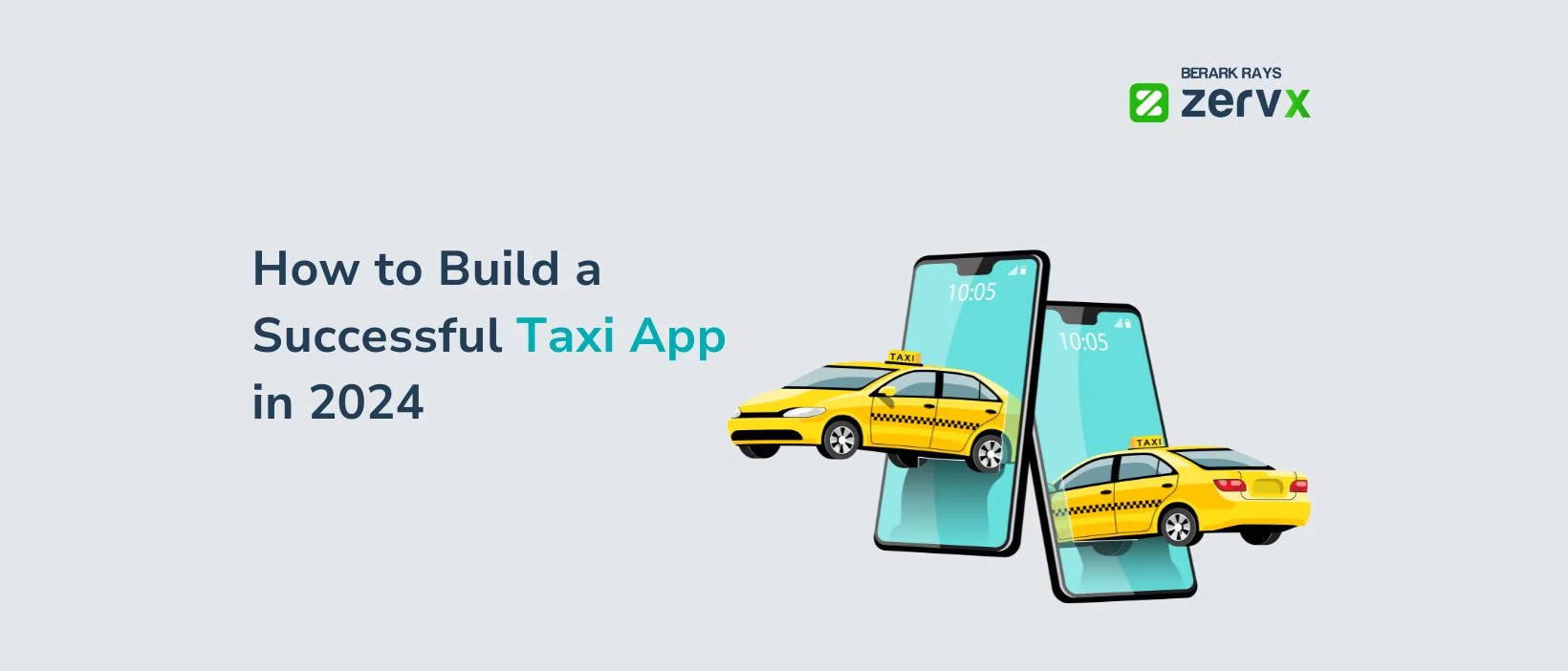If you already run a taxi or ride-hailing business, you’re sitting on a huge opportunity. Your cars are already on the road, your drivers know the area, and your customers trust you. Adding local delivery is just the next smart move.
You don’t need to start from scratch or spend months building a new system. With the right courier delivery software , you can take small steps start with local shops, pharmacies, or small businesses that need quick deliveries. As demand grows, you’ll see how naturally it fits into your existing setup.
That’s exactly what ZervX helps you do. It’s not just another dispatch app it’s built to let you run rides and deliveries together. You can switch between the two, track parcels in real time, manage pricing, and even send delivery updates to customers, all from one dashboard.
Start small. Test it out in your area. Once you see repeat deliveries and happy merchants, scaling becomes easy.



